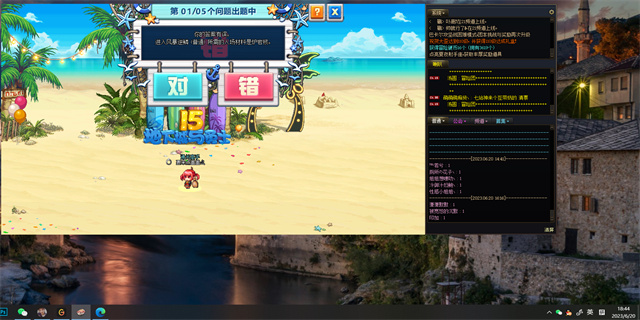Curriculum: A Guide to Structured Learning
Introduction:
In today's fast-paced and ever-changing world, the need for a well-designed curriculum is more important than ever before. A curriculum serves as a roadmap for structured learning, providing students with a systematic approach to acquiring knowledge and skills in a specific subject area. This article explores the significance of curriculum development and its impact on educational outcomes.

The Importance of a Well-Structured Curriculum:
A well-structured curriculum plays a vital role in ensuring effective teaching and learning. It provides teachers with a framework to organize and deliver content in a logical sequence, ensuring that students acquire knowledge progressively. A curriculum also sets clear learning objectives, enabling educators to assess students' progress and evaluate the effectiveness of their teaching methods.

Designing a Curriculum:
Designing a curriculum involves several key steps to ensure that it meets the needs and goals of both educators and learners. Firstly, curriculum developers need to identify the subject area and define the learning objectives. These objectives should be specific, measurable, attainable, relevant, and time-bound (SMART), providing clarity on the knowledge and skills that students are expected to gain.
Once the learning objectives are established, the next step is to determine the content and resources needed for instruction. This involves selecting appropriate learning materials, textbooks, online resources, and supplementary materials that align with the learning objectives. Incorporating a variety of instructional materials and strategies, such as multimedia presentations, hands-on activities, and group discussions, can enhance student engagement and promote deeper learning.
Another crucial aspect of curriculum design is sequencing the content in a logical and coherent manner. This involves determining the order in which topics will be taught, taking into consideration the prerequisite knowledge and skills required for each topic. A well-sequenced curriculum ensures that students build upon their prior knowledge and progress steadily through increasingly complex concepts.
Furthermore, curriculum designers should consider the appropriate assessment methods to measure students' understanding and evaluate their progress. Formative assessments, such as quizzes, projects, and presentations, can provide ongoing feedback to both teachers and students, enabling timely adjustments to teaching strategies. Summative assessments, such as exams or standardized tests, allow educators to evaluate students' overall grasp of the curriculum and make necessary modifications for future iterations.
Implementing and Adapting the Curriculum:
Implementing a curriculum involves effective lesson planning and delivery. Teachers need to align their instruction with the curriculum's learning objectives and ensure that students have access to the necessary resources. They should utilize a variety of instructional strategies, catering to different learning styles and abilities, to facilitate student understanding. Regular monitoring of students' progress enables teachers to identify areas of improvement and provide targeted support.
Adaptation is also a critical aspect of curriculum implementation. A curriculum should be flexible enough to accommodate diverse learners and changing educational contexts. Teachers should be open to adjusting their teaching methods and modifying the curriculum based on students' feedback and emerging educational trends. Continuous evaluation and improvement of the curriculum enable educators to enhance its effectiveness and ensure its relevance in an ever-evolving educational landscape.
Conclusion:
A well-designed curriculum serves as a blueprint for effective teaching and learning. It provides guidance to educators, ensuring that content is delivered in a logical sequence and that learning objectives are met. By following a well-structured curriculum, students gain a comprehensive understanding of the subject matter and acquire the necessary skills to succeed. Curriculum development is an ongoing process that requires collaboration, evaluation, and adaptation to meet the evolving needs of students and society.


















